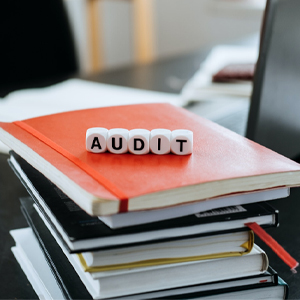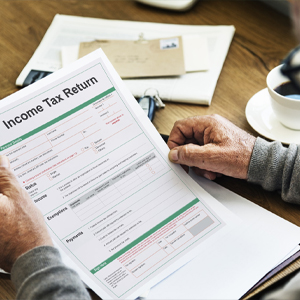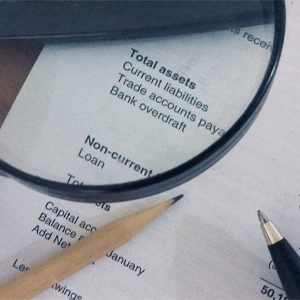As soon as you start trading goods or services for money without an employer paying you for it, the federal government considers you a sole proprietor. At that point, you’re expected to report all income you receive as a sole proprietor to the Canada Revenue Agency (CRA). It’s reported as part of your personal income on your personal tax return under T2125. As a self-employed person, your business earnings and your personal income are one and the same. There’s no separate income tax rate for money you make from your business. However, you do need to pay Canadian Pension Plan (CPP) contributions, and you have the option of making Employment Insurance contributions as well. So the total of your tax obligations would be income tax + CPP + EI (which is optional) and if you make under $3,500, you can’t contribute to CPP. And anything you earn over $55,300 won’t have CPP taken from it.
Since 2010, contributions to EI have been optional for all self-employed people. Contributing to EI does come with some significant benefits, including:
Since you are not working for any employer who deduct a tax on you pay and remit that to CRA. You should set aside about 25%-30% of your income each month so that you can pay later when you file a tax return.
Some provinces have combined their GST and PST into a single tax, HST. Others charge them separately. For a full overview, and to learn about the obligations in your province, the Canada Business Network offers a comprehensive guide.
Both HST and GST are remitted to the Government of Canada. (The federal government distributes to the provinces their share of HST.) Depending on your income, this remittance could occur on an annual, quarterly, or monthly schedule. You remit your GST/HST at the same time that you file Form GST34. Once you get a GST/HST number, the CRA sets you up with a payment plan and the forms you need to submit. If you don’t have a number, but learning about federal sales tax gives you a thrill, you can check out the CRA’s guide
Let Calgary Tax Consulting experts file your belated return & claim your tax.



